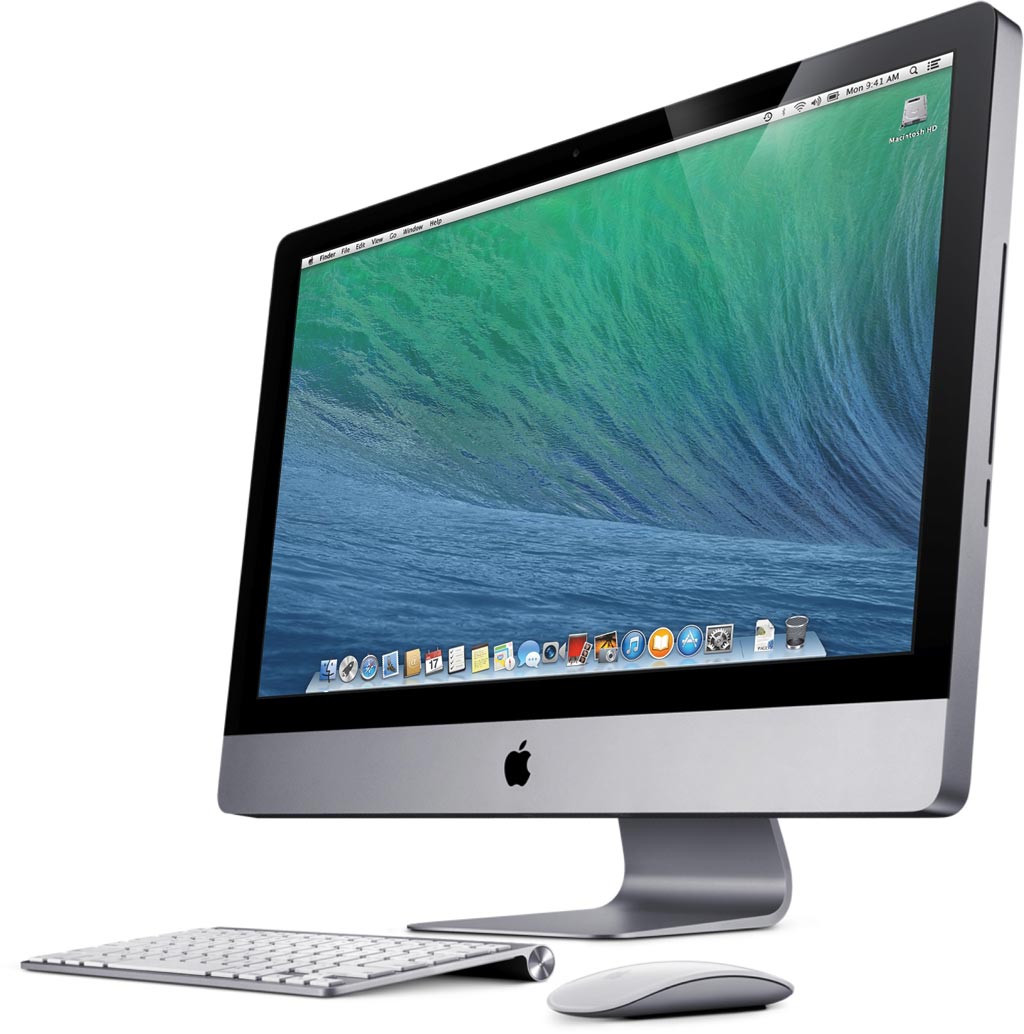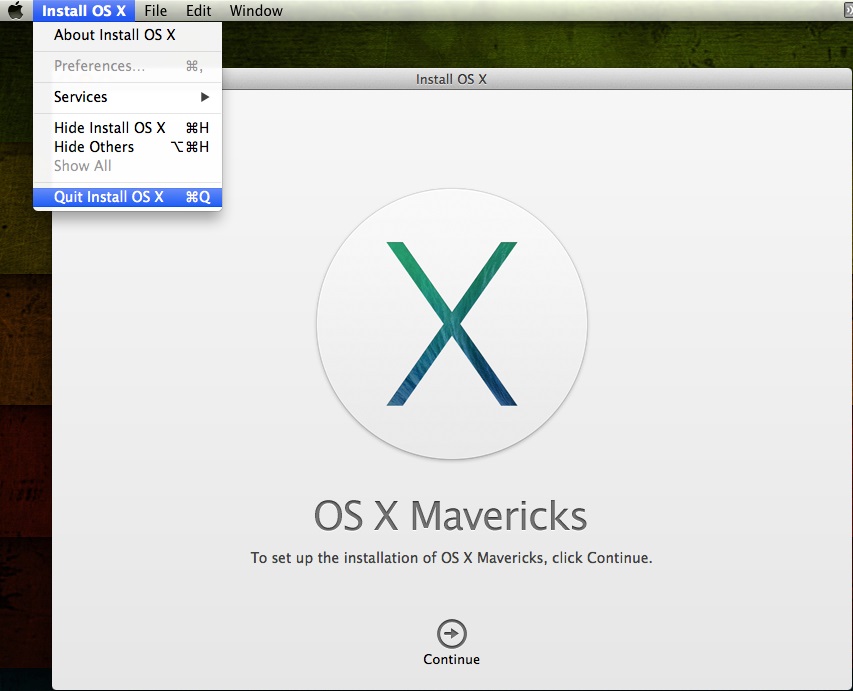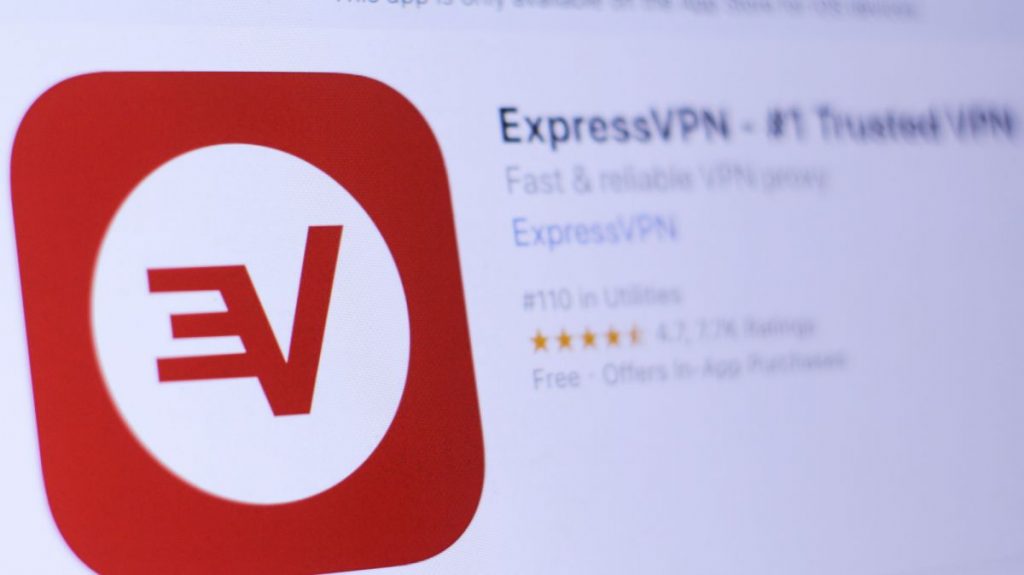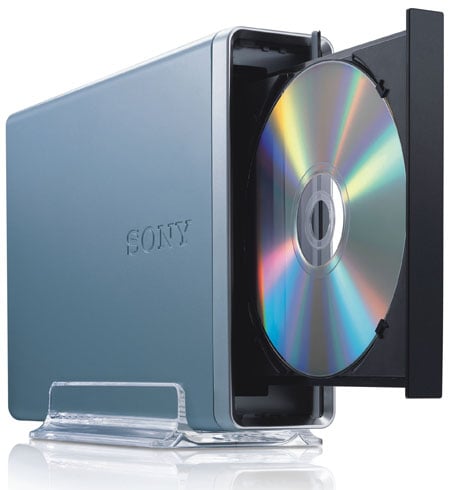- Mac OS X Release Candidate - (Download #34) Zip contains both installer & developer tools. Mac OS X 10.5 Single Layer DVD - (Download #35) Basic OS install, no extras included as to fit on one DVD.
- Mac OS X® version 10.11 “El Capitan' (10.11 or higher) Download and install Antivirus for Mac. Click on the download button below compatible with your Mac computer.
- Xcode includes everything developers need to create great applications for Mac, iPhone, iPad, Apple TV, and Apple Watch. Xcode provides developers a unified workflow for user interface design, coding, testing, and debugging. The Xcode IDE combined with the Swift programming language make developing.
- Plug in the USB drive on which you want to install macOS and launch Disk Utility. If the USB drive currently has more than one partition, click on the Partition tab and use the minus sign to reduce.
Making USB Media on Mac OS X Connect a USB flash drive to the system and identify the device path with the diskutil list command. The device path has the format of /dev/disk number, where number is the number of the disk.
Reinstall from macOS Recovery

macOS Recovery makes it easy to reinstall the Mac operating system, even if you need to erase your startup disk first. All you need is a connection to the Internet. If a wireless network is available, you can choose it from the Wi-Fi menu , which is also available in macOS Recovery.
1. Start up from macOS Recovery

To start up from macOS Recovery, turn on your Mac and immediately press and hold one of the following sets of keys on your keyboard. Release the keys when you see an Apple logo, spinning globe, or other startup screen.
Command (⌘)-R
Reinstall the latest macOS that was installed on your Mac (recommended).
Option-⌘-R
Upgrade to the latest macOS that is compatible with your Mac.
Shift-Option-⌘-R
Reinstall the macOS that came with your Mac, or the closest version still available.
You might be prompted to enter a password, such as a firmware password or the password of a user who is an administrator of this Mac. Enter the requested password to continue.
When you see the utilities window, you have started up from macOS Recovery.
Install Make For Mac Os X 10.8
2. Decide whether to erase (format) your disk
You probably don't need to erase, unless you're selling, trading in, or giving away your Mac, or you have an issue that requires you to erase. If you need to erase before installing macOS, select Disk Utility from the Utilities window, then click Continue. Learn more about when and how to erase.
3. Install macOS
When you're ready to reinstall macOS, choose Reinstall macOS from the Utilities window. Then click Continue and follow the onscreen instructions. You will be asked to choose a disk on which to install.
- If the installer asks to unlock your disk, enter the password you use to log in to your Mac.
- If the installer doesn't see your disk, or it says that it can't install on your computer or volume, you might need to erase your disk first.
- If the installer is for a different version of macOS than you expected, learn about macOS Recovery exceptions.
- If the installer offers you the choice between installing on Macintosh HD or Macintosh HD - Data, choose Macintosh HD.
Mac Os X Leopard Install
Please allow installation to complete without putting your Mac to sleep or closing its lid. During installation, your Mac might restart and show a progress bar several times, and the screen might be empty for minutes at a time.
If your Mac restarts to a setup assistant, but you're selling, trading in, or giving away your Mac, press Command-Q to quit the assistant without completing setup. Then click Shut Down. When the new owner starts up the Mac, they can use their own information to complete setup.
Tip: To quickly add titles to photos right in the main Photos window, choose View Metadata Titles, click the field that appears under a photo when you hold the pointer over it, then type a name.Description: Enter a caption in the Description field.Favorite: Click the Favorite button to mark the photo as a favorite. Click the button again to unmark it.Keywords: Enter keywords in the Keywords field. Photo 3d for mac. As you type, Photos suggests keywords that you’ve used before.
macOS Recovery exceptions
The version of macOS offered by macOS Recovery might vary in some cases:
- If macOS Sierra 10.12.4 or later has never been installed on this Mac, Option-Command-R installs the macOS that came with your Mac, or the closest version still available. And Shift-Option-Command-R isn't available.
- If you erased your entire disk instead of just the startup volume on that disk, macOS Recovery might offer only the macOS that came with your Mac, or the closest version still available. You can upgrade to a later version afterward.
- If your Mac has the Apple T2 Security Chip and you never installed a macOS update, Option-Command-R installs the latest macOS that was installed on your Mac.
- If you just had your Mac logic board replaced during a repair, macOS Recovery might offer only the latest macOS that is compatible with your Mac.
If you can't get macOS Recovery to offer the installer you want, you might be able to use one of the other ways to install macOS.
Download For Mac Os X
Other ways to install macOS
- You can also install macOS from the App Store or Software Update preferences. If you can't install macOS Catalina, you might be able to install an earlier macOS, such as macOS Mojave, High Sierra, Sierra, El Capitan, or Yosemite.
- Or create a bootable installer disk, then use that disk to install macOS on your Mac or another Mac.
Get an ultimate backup app
There are times when having a bootable USB drive for Mac is important. There is also an argument to be made to have an Apple backup available at all times. Here, we’ll walk you though why you may want to do so, and how to backup Mac.
A backup plan for all times
Get Setapp for all the tools you need to backup data and handle bootable drives for seamless security on Mac.
What is a Bootable USB or External Drive?

Simply stated, a bootable USB Mac drive is one that has a version (or versions) of macOS available on a disk that isn’t your machine. Whether it’s an external hard drive or a USB ‘thumb’ drive, both are considered bootable drives.
For the sake of clarity, we’ll simply refer to any external drive as a USB drive.
Before you begin, you’ll need to download the macOS version you’d like to use directly from Apple. It will download directly to your Applications folder; if your Mac starts to try to download and install the version of macOS you downloaded, simply quit the installation process.
How to Backup Mac to External Hard Drive
Curious how to create a bootable external drive for Mac? We’ve got you covered. First, you’ll need a USB drive, preferably one that is formatted to macOS Extended for any macOS backup to serve as your startup disk creator. Once you’ve done that, connect the USB drive to your machine, open the Terminal application on your Mac. Depending on the version of macOS you downloaded, enter one of the following commands:
- Big Sur beta: sudo /Applications/Install macOS Big Sur Beta.app/Contents/Resources/createinstallmedia --volume /Volumes/MyVolume
- Catalina: sudo /Applications/Install macOS Catalina.app/Contents/Resources/createinstallmedia --volume /Volumes/MyVolume
- Mojave: sudo /Applications/Install macOS Mojave.app/Contents/Resources/createinstallmedia --volume /Volumes/MyVolume
- High Sierra: sudo /Applications/Install macOS High Sierra.app/Contents/Resources/createinstallmedia --volume /Volumes/MyVolume
- Sierra: sudo /Applications/Install macOS Sierra.app/Contents/Resources/createinstallmedia --volume /Volumes/MyVolume --applicationpath /Applications/Install macOS Sierra.app
- El Capitan: sudo /Applications/Install OS X El Capitan.app/Contents/Resources/createinstallmedia --volume /Volumes/MyVolume --applicationpath /Applications/Install OS X El Capitan.app
Note: If your USB drive has a unique name, replace ‘MyVolume’ in the command with the name of your USB drive. If you read the command, you’ll see your Mac is taking the version of macOS you downloaded from your Applications folder and placing it on your USB drive.
After entering the command, do the following:
- Press ‘Return’ or ‘Enter’ on your keyboard
- When prompted in Terminal, enter your administrator’s password
- Press ‘Return’ or ‘Enter’ on your keyboard
- When prompted in Terminal, type ‘y’ to confirm you’d like to erase the USB drive.
When finished, Terminal will show the volume has the same name as the installer you downloaded. You can now quit terminal and eject your USB Drive. Hacking programs for mac.
How to Boot Your Mac from a USB Drive
Now that you’ve created a bootable installer for your Mac, you can use it to boot a Mac using a fresh install of macOS! Here’s how:
- Plug the bootable USB drive into your Mac
- Open Startup Manager (or Startup Disk)
- Select your USB drive from the list
- Press ‘Restart’
Your mac will now start up in recovery mode, using the version of macOS you downloaded. From here, it may ask you to choose your language, set up a WiFi network, and other startup functions. When prompted, select ‘Install macOS’ from the Utilities window, then click ‘Continue’ and follow any on-screen directions. This is how you install macOS from a USB.
Don’t Forget to Backup Your Files!
Before starting the process, be sure to back your files and folders up! You can do this manually by digging through your files and loading them onto a separate USB drive, but there’s a better way.
Get rid of duplicates and junk
CleanMyMac X takes care of it in one scan. Use the app to free up disk space before running any installations.
CleanMyMacX is an app that helps optimize your Mac for performance, and also gets rid of duplicate files. We highly suggest running this prior to any installation of macOS from a bootable USB drive.
Backups are best accomplished using Disk Drill, which both backs up your files and folders (as well as applications) and saves them to an external source. It even checks for lost files so nothing goes missing accidentally.
One of the best backup and cloning apps is Get Backup Pro. It creates backups of your hard drive, complete with files and folders, and saves them to an external USB drive. It’s a lot like Apple’s Time Machine, but allows much better control, and has a better user interface.
Get Backup Pro also compresses your backups, allows for scheduling of automatic backups, and allows you to recover from an external drive onto any computer.
Conclusion
Having a USB drive with a ‘clean’ version of macOS is always a good idea. When things go amiss, it’s nice to have an easy way to start from scratch.
But this doesn’t transfer files, which is why we select Disk Drill and/or Get Backup Pro. Utilizing one (or both) will help your files stay somewhere safe, so you never have to worry. We also advocate for using CleanMyMacX before any backup, which helps ensure your system – and backups – are optimized.
Luckily, all three are available as part of a free seven-day trial of Setapp, along with dozens of other great apps for Mac. Give it a shot!
Meantime, prepare for all the awesome things you can do with Setapp.
Read onSign Up

